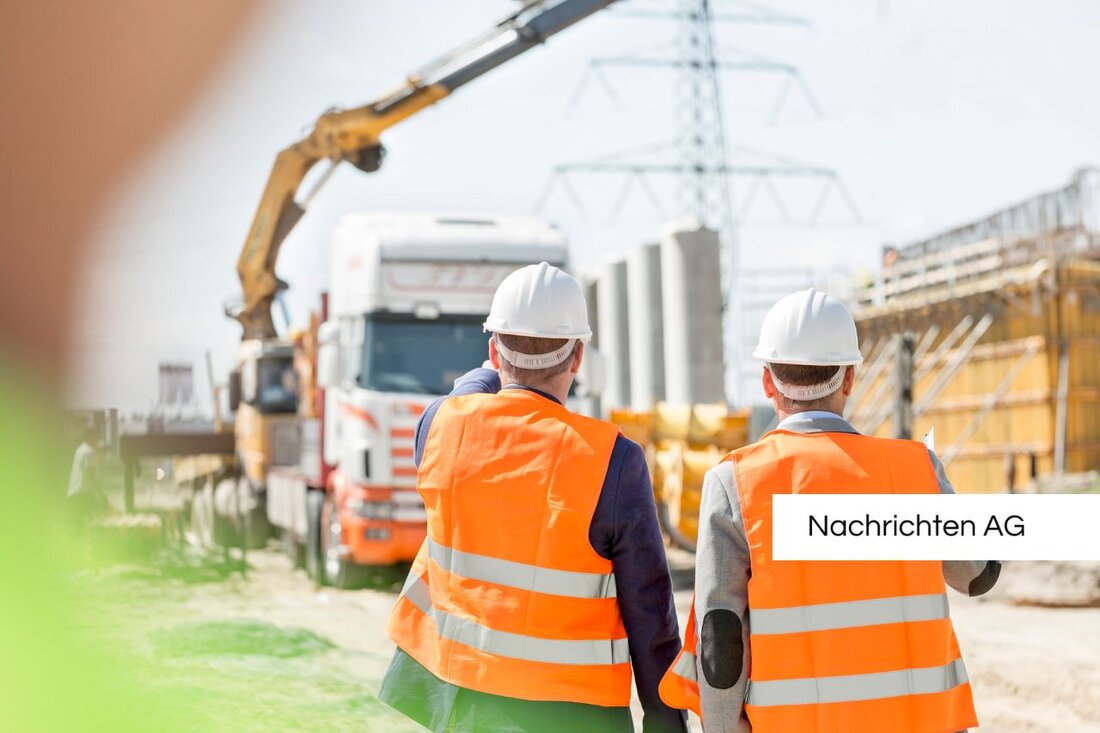Ferry Tanja remains stranded: bridge plans have finally failed!
Low water causes the Elbe ferry “Tanja” to come to a standstill near Lüneburg. The planned pontoon bridge is not built, and the infrastructure deficit remains.

Ferry Tanja remains stranded: bridge plans have finally failed!
The Elbe not only brings with it picturesque views, but also great challenges. The ferry “Tanja”, which runs daily between Darchau and Neu Darchau, could tell you a thing or two about it. It has been out of service for 50 days now, and that has had a bitter effect on residents and commuters. The reason: too little water, which makes it impossible for the ferry to travel. Operations manager Andreas Dau is desperate about the uncertain duration of this situation, while the seven ferrymen are currently on short-time work. “Tanja”, who is already 65 years old, is currently in the shipyard repairing propulsion damage caused by grounding.
The operators and residents are fed up with this intolerable situation. Around 500 vehicles and 300 people with annual passes cross the Elbe by ferry every day. The Lüneburg-Wolfsburg Chamber of Commerce and Industry is pushing all the more for a permanent solution for the Elbe crossing. IHKLW managing director Michael Zeinert speaks of an infrastructure deficit in the region and is therefore calling for a permanent Elbe crossing. The ferry “Amt Neuhaus” between Bleckede and Neu Bleckede is available as a temporary solution, but that hardly seems to be an adequate replacement.
The bridge that won't come
In addition, local politics has another construction site. A planned pontoon bridge between Darchau and Neu Darchau will not be realized. Mayor Andreas Gehrke (CDU) suggested this as a temporary solution after he had the situation assessed by the Technical Relief Agency. However, they discovered that the temporary bridge would cost six figures - a price they were not prepared to pay. It also remained unclear who should have borne the costs of the construction. Two state secretaries were present at a conversation in the sports hall, while Prime Minister Lies canceled without further ado.
The state government has decided not to invest in a bridge but to consider an improved ferry concept. There are considerations about purchasing a new ferry with a draft reduced by 40 cm, which would, however, cost around 8 million euros. The planned fixed link between Neu Darchau and Darchau would cost over 90 million euros - a sum that is not easy, especially in the current economic times.
A look into the future
In this context, attention is also drawn to the necessary reassessment of shipping on the Elbe. Ulrich Petschow, environmental economist, calls for a review of the goals of the Elbe initiative formulated ten years ago. He reminds us that the original data basis for measures to reduce depressions no longer corresponds to current conditions. The Elbe could not only serve as a transport route, but also be increasingly viewed as a valuable ecological niche.
All of these factors mean that the affected regions in northern Germany urgently need solutions to relieve the existing infrastructure and meet the needs of local residents. We can only hope that the responsible authorities will come to their senses and pull together as quickly as possible to find a recurring and sustainable solution. Ultimately, the flow of time must also be appreciated.
Further information can be found on the NDR, T-Online and MDR websites.

 Suche
Suche
 Mein Konto
Mein Konto